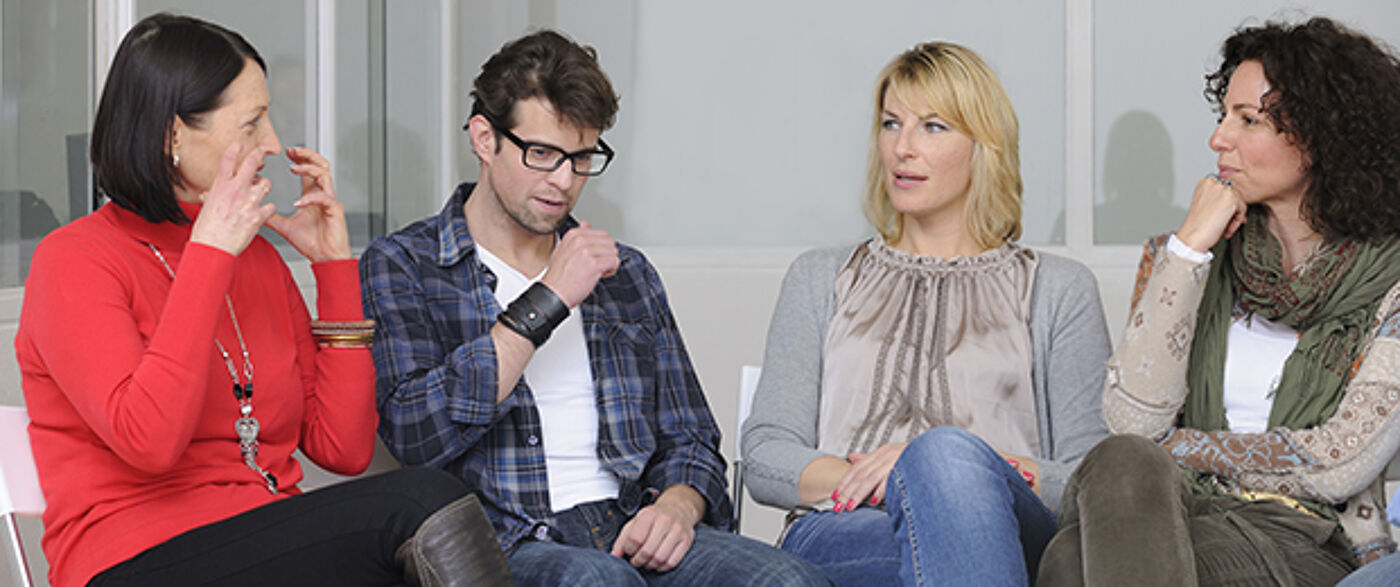CeDAR (Centre for Developmental Adversity and Resilience) Team
Many of the issues that affect us across the lifespan, even into adulthood, have their origin in childhood.
Children who suffer difficult early experiences, such as illness, neurodevelopmental problems, neglect or abuse can develop mental health problems that can burden them throughout their lives, holding them back in social development, family life, education, the workplace, and even their physical health.
Our research, clinical work and teaching aims to understand and address this. The team is closely allied to the Gillberg Neuropsychiatry Centre.


Our research
YOUNG SCIENTISTS WORKSHOPS
This project aims to explore the process of consulting with children about the research approaches for undertaking a large-scale medical study to explore why abused and neglected children are at higher risk of later physical (e.g. heart disease) and mental health problems. By working in partnership with a group of Young Scientists the aim is intended to gain a better understanding of how, for example, hair, blood and oxytocin secretion samples and MRI scans might be completed in a way that is sensitive to the needs of the young participants and their families. The intent is to therefore achieve improved communication of intent, process and outcome and a greater ethical codification of the future study, for which these workshops were a catalyst.
Latest Diary of a Young Scientist - 15th January 2019






